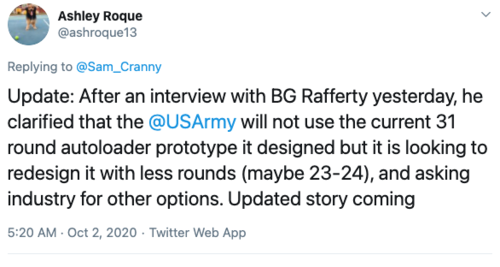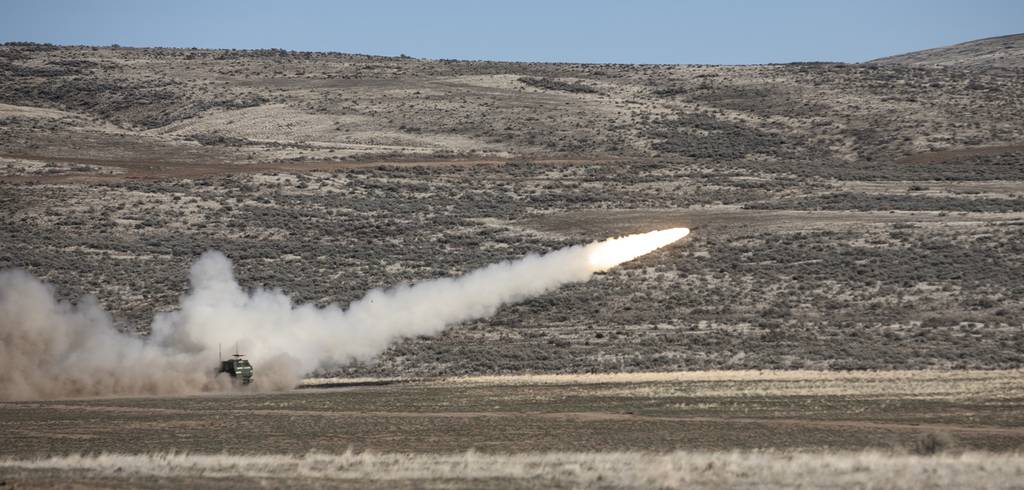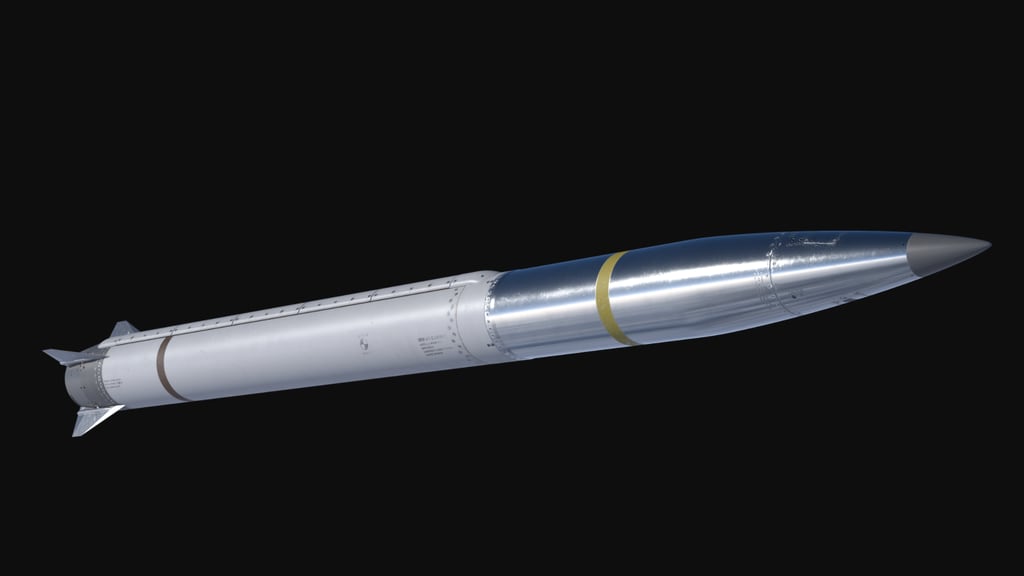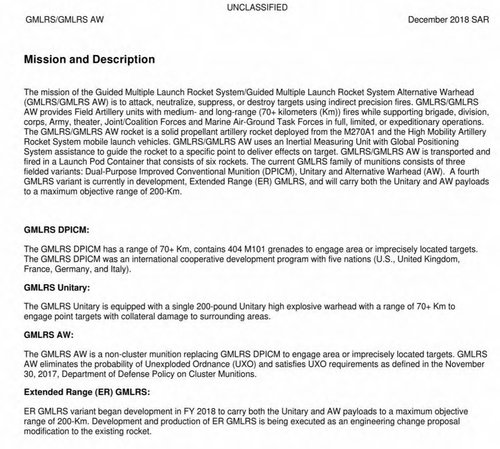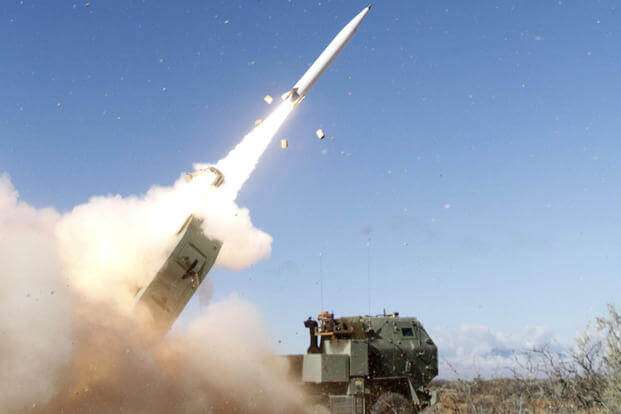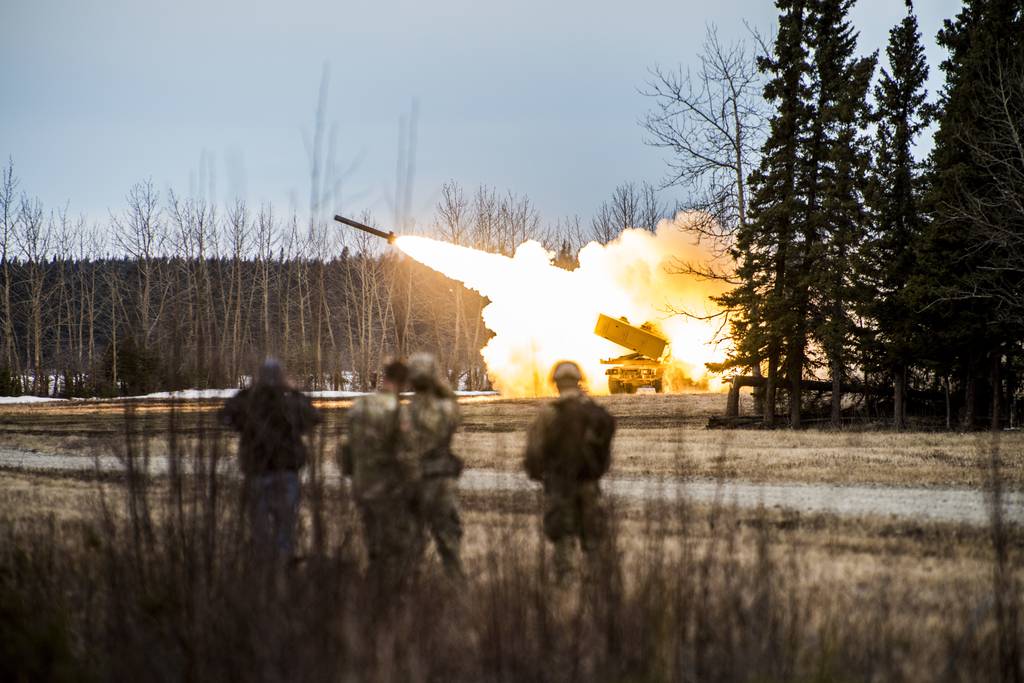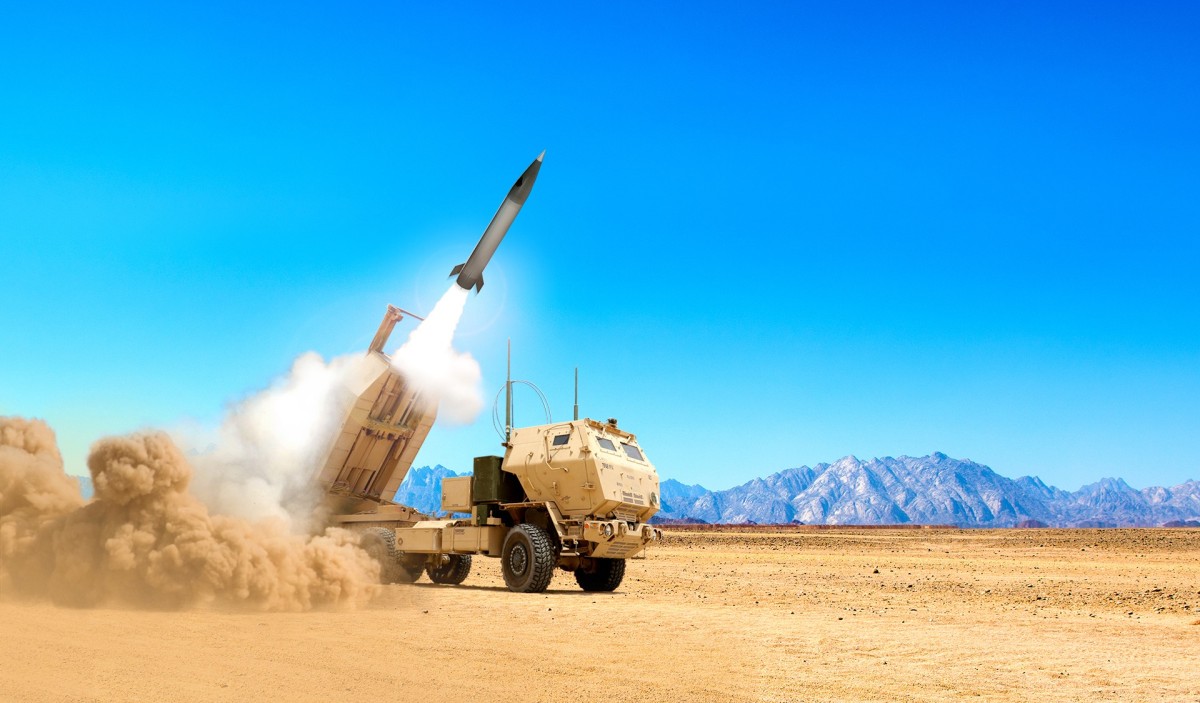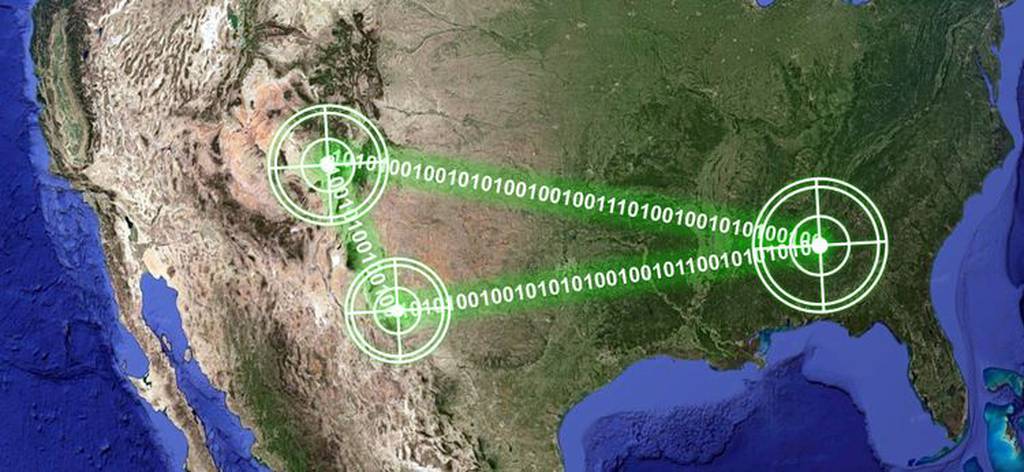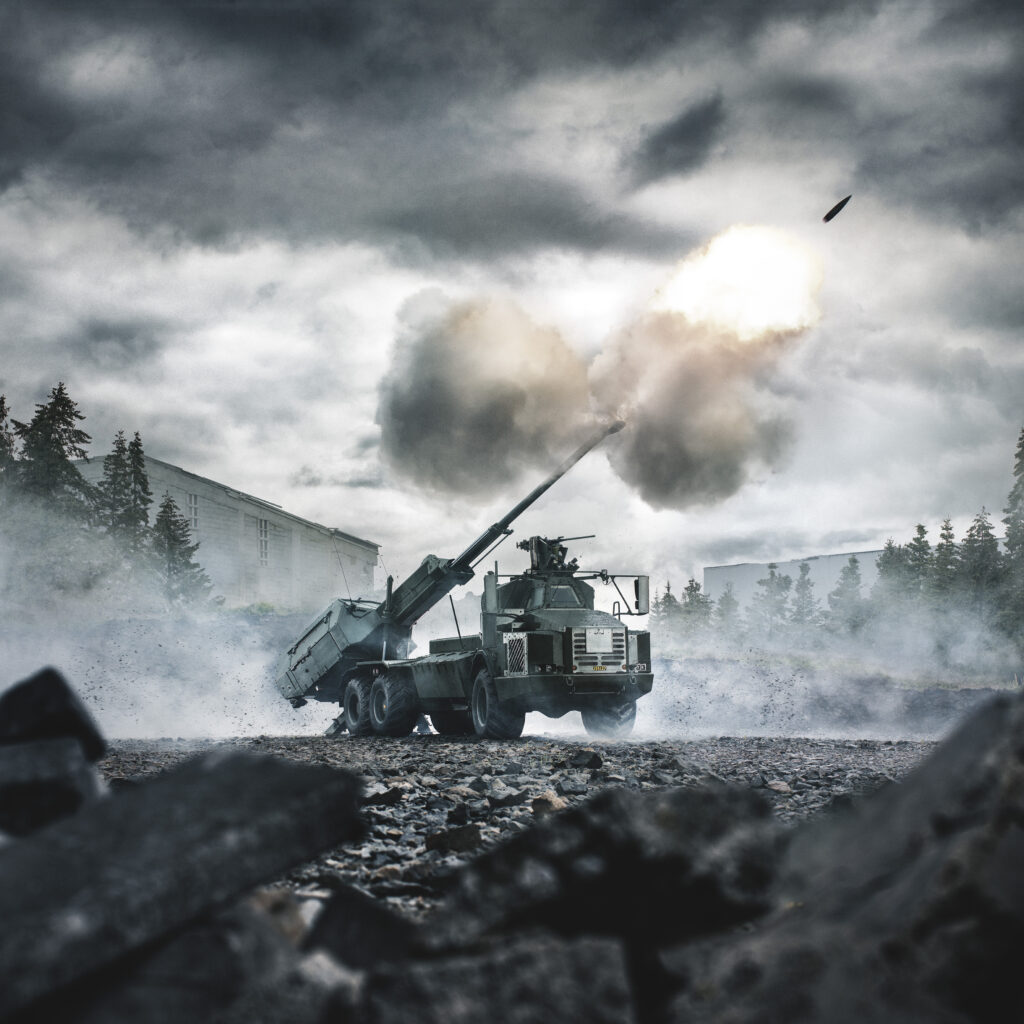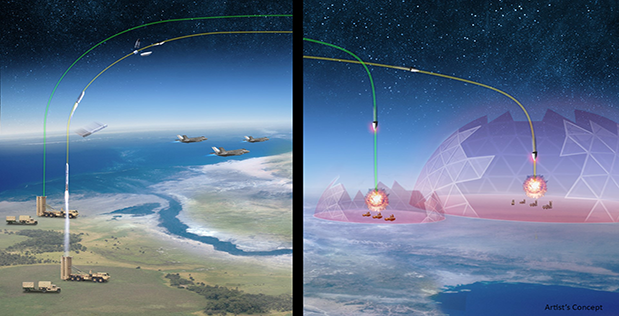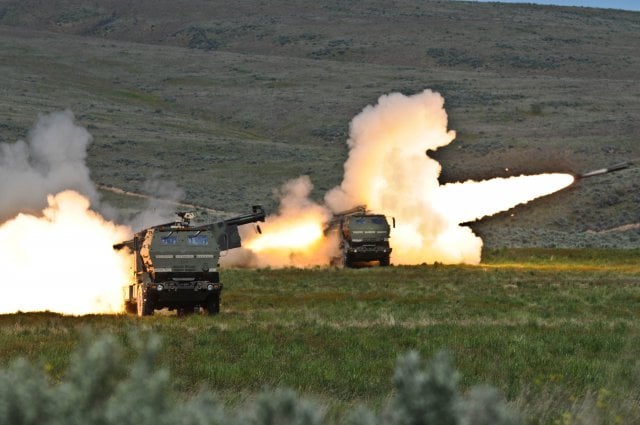isayyo2
Lurker alert
- Joined
- 24 November 2011
- Messages
- 1,034
- Reaction score
- 1,871
"The cannon, which is expected to fire rounds out to 1,000 km, or 620 miles, is currently a science and technology investment led by the Armaments Center at Picatinny Arsenal, New Jersey."———————————————————-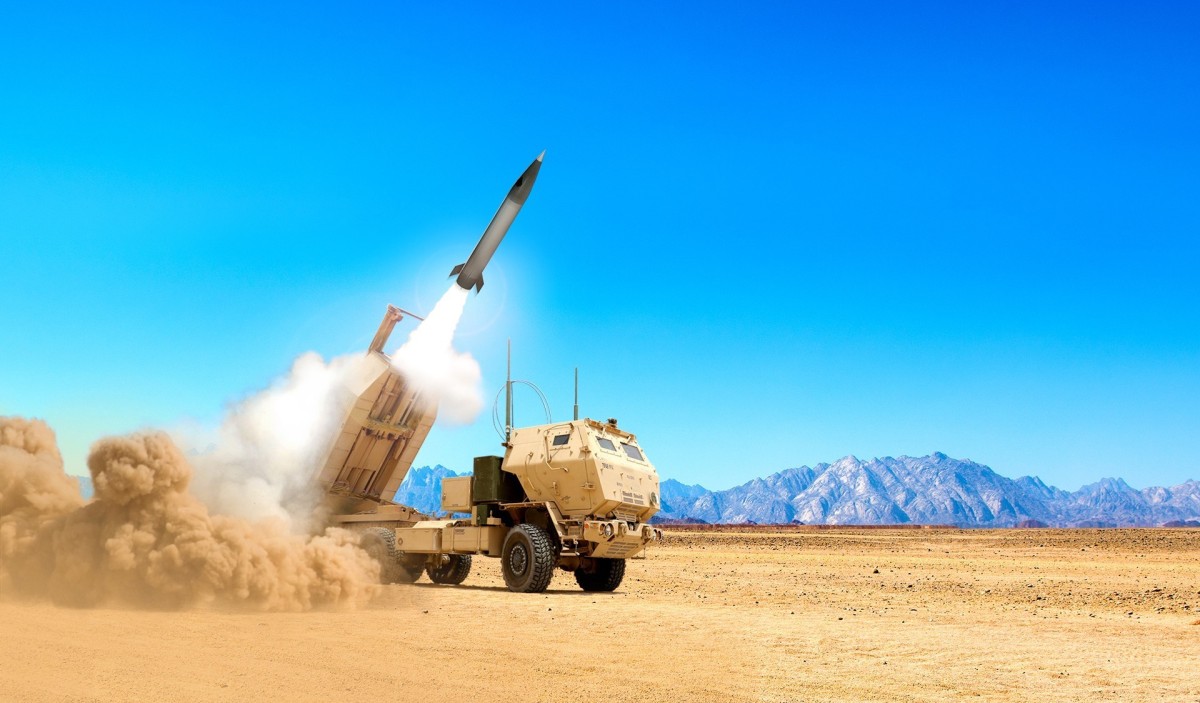
Army pursues new mid-range missile to fill gap in precision fires
FORT SILL, Okla. -- The Army is seeking a new mid-range missile system that can hit targets between 500 to 1,500 kilometers, or 310 to 930 miles, to hel...www.army.mil
Lots of existing SRMs you could put a smart warhead on for a quick OTS solution.
When did the 1,000 mile range turn into 1,000 kilometers? Typo or program scaled back?

